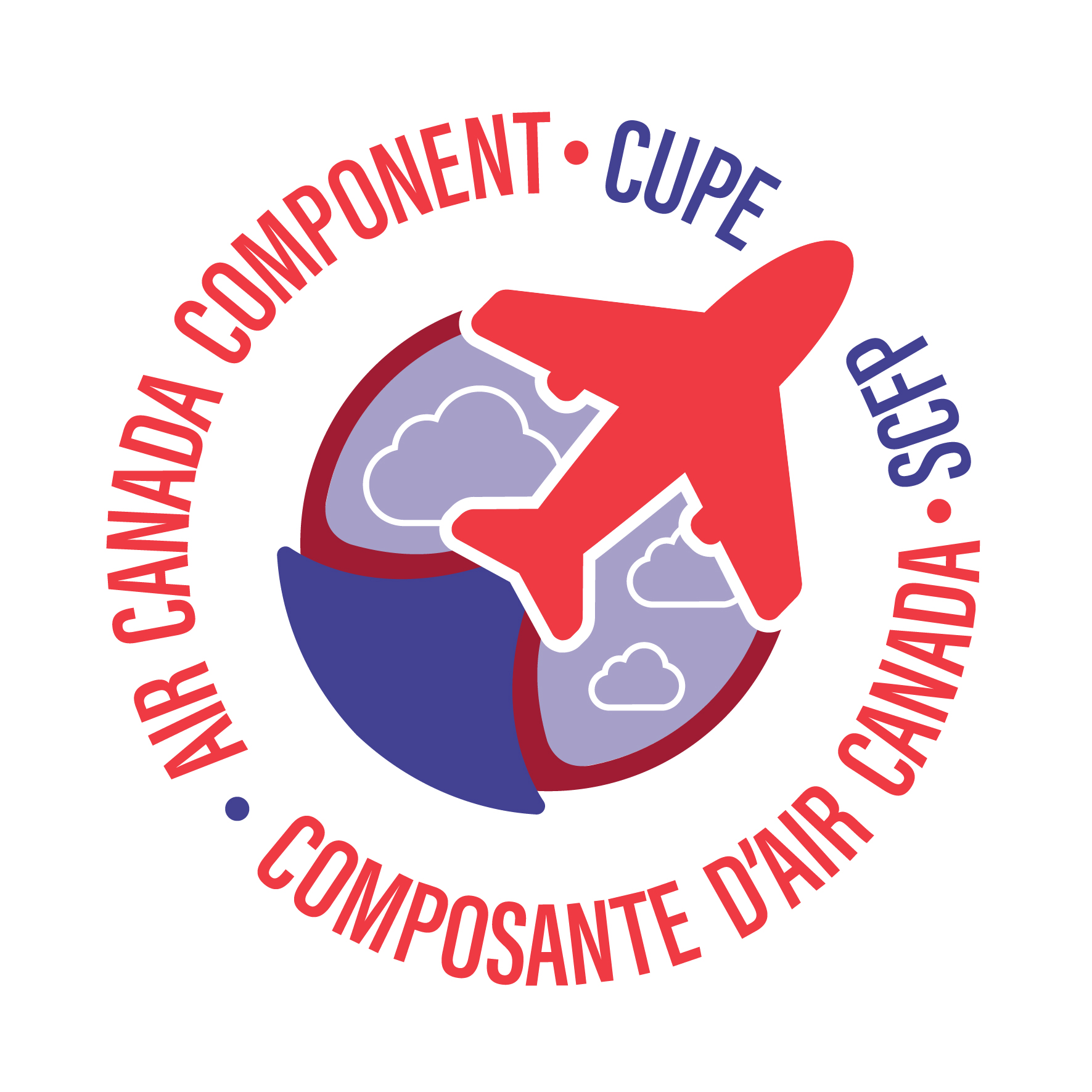If I go on CERB and want to do a pension buy back how much will it cost me?
These pension buy backs are optional and at no cost to the Company so your cost will include your normal contribution plus an amount that reflects the Company portion based on the last actuarial valuation. Pension buy back when you are responsible for the Company portion can be expensive. The two factors that will determine what you have to pay per month of buy back are your age and your average earnings. The older you are the higher the percentage that is used to determine what you will pay. If you consult the attached chart (Buy Back Chart) and look at the percentage that aligns with your age, this shows the percentage that you would multiply your average earnings by to determine your pension buyback cost. The average earning figure that is used is the higher of the average of your previous 3 months earnings or the average of your previous 12 months earnings. However, please note that the attached chart provides costs based on the January 1, 2019 actuarial valuation while actual costs will be based on the January 1, 2020 actuarial valuation. Air Canada indicated that 2020 costs are expected to be between 10% and 35% higher than 2019, the higher increase being for younger employee. The increase is justified by lower interest rates and adjusted mortality rates.
Note: This is the 2019 Buy Back chart, the 2020 chart will be available once the actuarial valuation is filed with OSFI. Those hired prior to November 7, 2011 are covered by the full Defined Benefit, Non-Hybrid pension provisions and the percentages in the first chart apply to these members. Those hired on November 7, 2011 or later are covered by the Hybrid pension provisions and the percentages in the second chart apply to the Defined Benefit (DB) Component for those members. For the Defined Contribution (DC) Component, you will have to pay your contributions along with the corresponding employer match. Such match is based on your years of continuous service. The pension benefit provided to those covered by a full Defined Benefit (Non-Hybrid) pension is more than the defined benefit provided to those covered by the Hybrid provisions and that is why the percentage is higher for those members.
For those who have been on the Reduced Blocks Program (RBP) prior to CERB, the earnings that will be used in the calculation are not your actual earnings but a figure that reflects what full 100% earnings would have been for you, if you had worked full time. In accordance with the RBP program what you actually earned represents 60% of what would have been your full months earnings.
CERB VS CEWS Pension Cost
EXAMPLES of required pension contributions (cost):
For those on CERB (who choose to Buy Back)
Based on the 2019 buy back cost chart here is an example to give you an idea of what a buy back cost could look like if you go on the CERB program and decide to buy back. This calculation is based on one month of buyback:
Age: 45
Pension Plan: DB (i.e. non-hybrid)
Average monthly pensionable earnings: $4,500
Pension Buy Back Cost: 13.3% X $4,500 = $598.00
Age: 45
Pension Plan: Hybrid
Years of continuous service: 3
DC Contribution rate: 2% for each (employee and employer match)
Average monthly pensionable earnings: $4,500
Pension Buy Back Cost for the DB Component: 5.4% X $4,500 = $243.00
Pension Buy Back Cost for the DC Component: 4% X $4,500 = $180.00
Note: A Hybrid member can choose to buy back DB and not DC portion. If you decide not to do the DC buy back it will free up RRSP room for future personal RRSP contributions.
For those on CEWS
If you go on the CEWS program, you pay only your normal pension contributions on the earnings representing the 75% and you do not pay the Company portion. No Buy Back is required nor needed. Our normal pension contribution, for the DB Plan, is 4.5% on earnings up to the YMPE and 6% on earnings above that figure for all ages. The YMPE figure for 2020 is $58,700 so it is fair to expect the normal pension contribution for CUPE members on the payroll for April, May and June will be 4.5%. For the DB Component of the Hybrid Plan, our normal pension contribution is 2% if you have less than 5 years of continuous service or 2.5% if you have between 5 and 15 years of continuous service.
Age: 45
Pension Plan: DB (i.e. non-hybrid)
Average monthly pensionable earnings: $4,500
Normal Pension Contribution: 4.5% X $4,500 = $202.50
Age: 45
Pension Plan: Hybrid
Years of continuous service: 3
DC Contribution rate: 2% for each (employee and employer match)
Average monthly pensionable earnings: $4,500
Normal Pension Contribution for the DB Component: 2% X $4,500 = $90.00
Normal Pension Contribution for the DC Component: 2% X $4,500 = $90.00
Employer match paid by Air Canada: 2% X $4,500 = $90.00
Conclusion: As you can see there is a significant cost difference for a month of Qualifying and Allowable Pension Service, depending on if you are on the CERB program and doing a pension buy back where there is no cost to the Company or on the CEWS program and you are making your normal pension contributions.
In solidarity,


